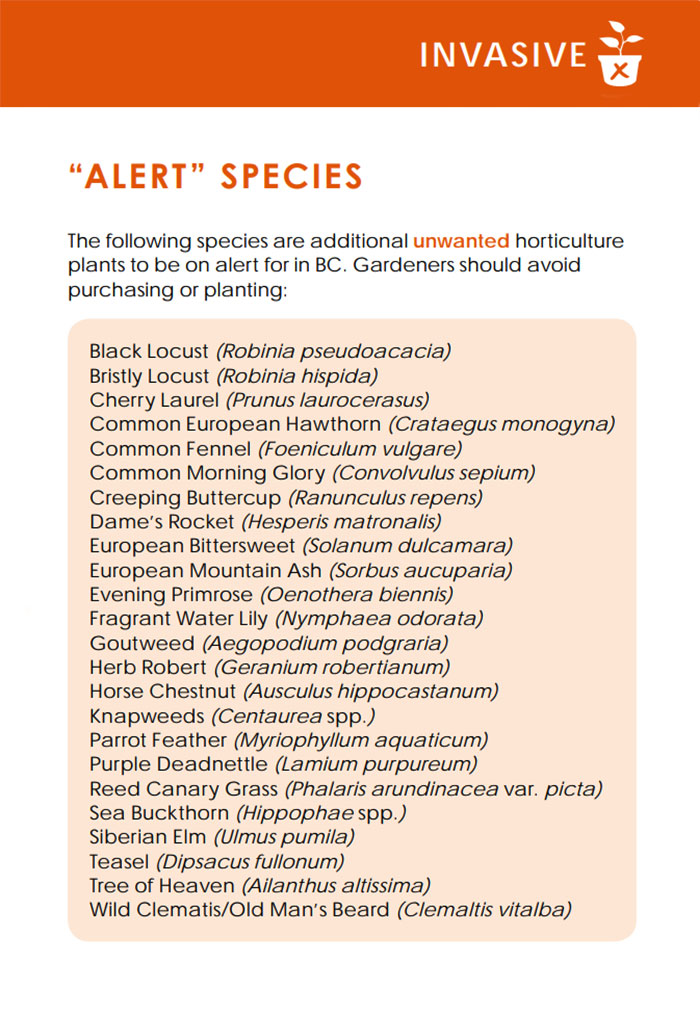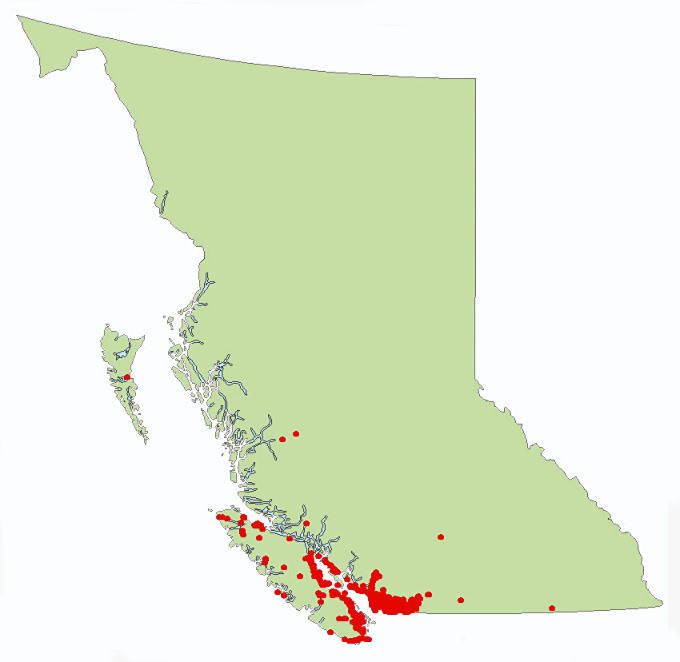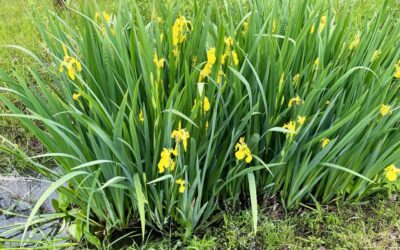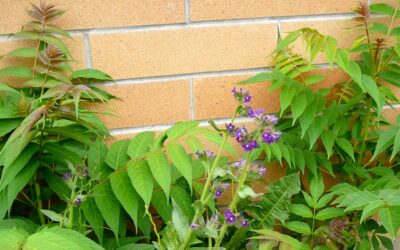Article and Photos by Mark Godlewski–
Gwen’s article on Removing Noxious Weeds is very interesting and helpful. I have done a bit of research to dig out more information.The links that she provides are to a couple of older pamphlets, but the Invasive Species Council of BC now has quite an extensive website that can help us to identify invasive species. Here are links to two of the weeds mentioned in the article above: Blueweed and Spotted Diffused Knapweed
You can wander around this site to see other invasive weeds. Personally, I have a lot of problems in my garden with Perennial Pepperweed which I end up pulling out of the beds endlessly. Luckily it pops out of the soil fairly nicely, but if you let a single plant go to seed you are setting yourself up for a sore back next year.Fig. 1 – List of unwanted horticultural plants posted by ISC
Fig. 2 – Distribution of Invasive English Ivy posted by ISC
Exactly which plants make the full “Invasive” designation seems to be a bit subjective and probably coloured to a large degree by what part of BC you live in.
Some of the “Invasive” plants such as English Ivy are very clearly invasive in the wetter and warmer parts of the province as evidenced by the distribution map (Fig. 2). However, there does not seem to be much evidence of English Ivy invasion in the Okanagan except in close proximity to a garden.
The Trees of Heaven, on the other hand, are widespread located in disturbed native habitat and quite a few gardens. In addition to Knox Mountain, the folks at the RDCO have had a real problem with the Tree of Heaven in Kalamoir Park.
They have chopped down a large grove of these trees that were spreading rapidly by suckers coming off of the roots. The trees were suppressing competition with allelopathic chemicals. You can see the mess that is left and the Trees of Heaven are starting to grow back in the bottom left of the photo (Fig. 3).
They will probably have to spray with herbicide to get rid of them. It is an interesting dilemma because in the right place this tree can look quite attractive (Fig. 4) but there is no doubt that it is highly invasive in the Okanagan.
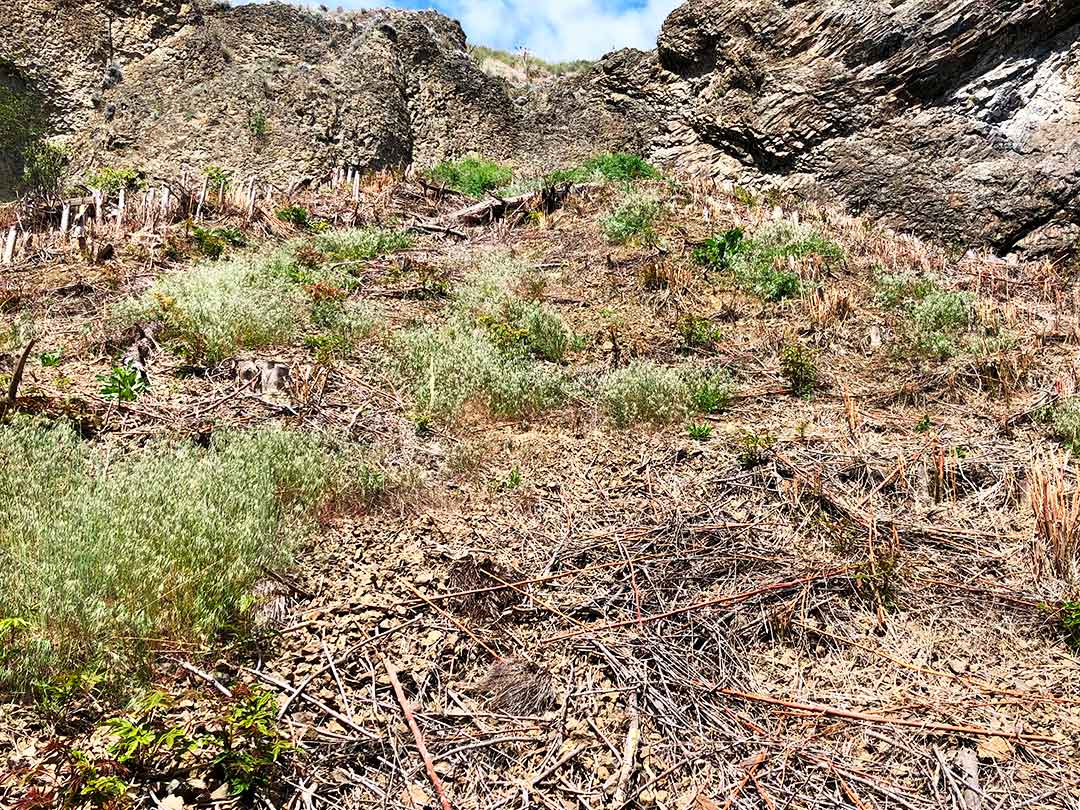
Fig.3 – Devastation from Tree of Heaven invasion of Kalamoir Park
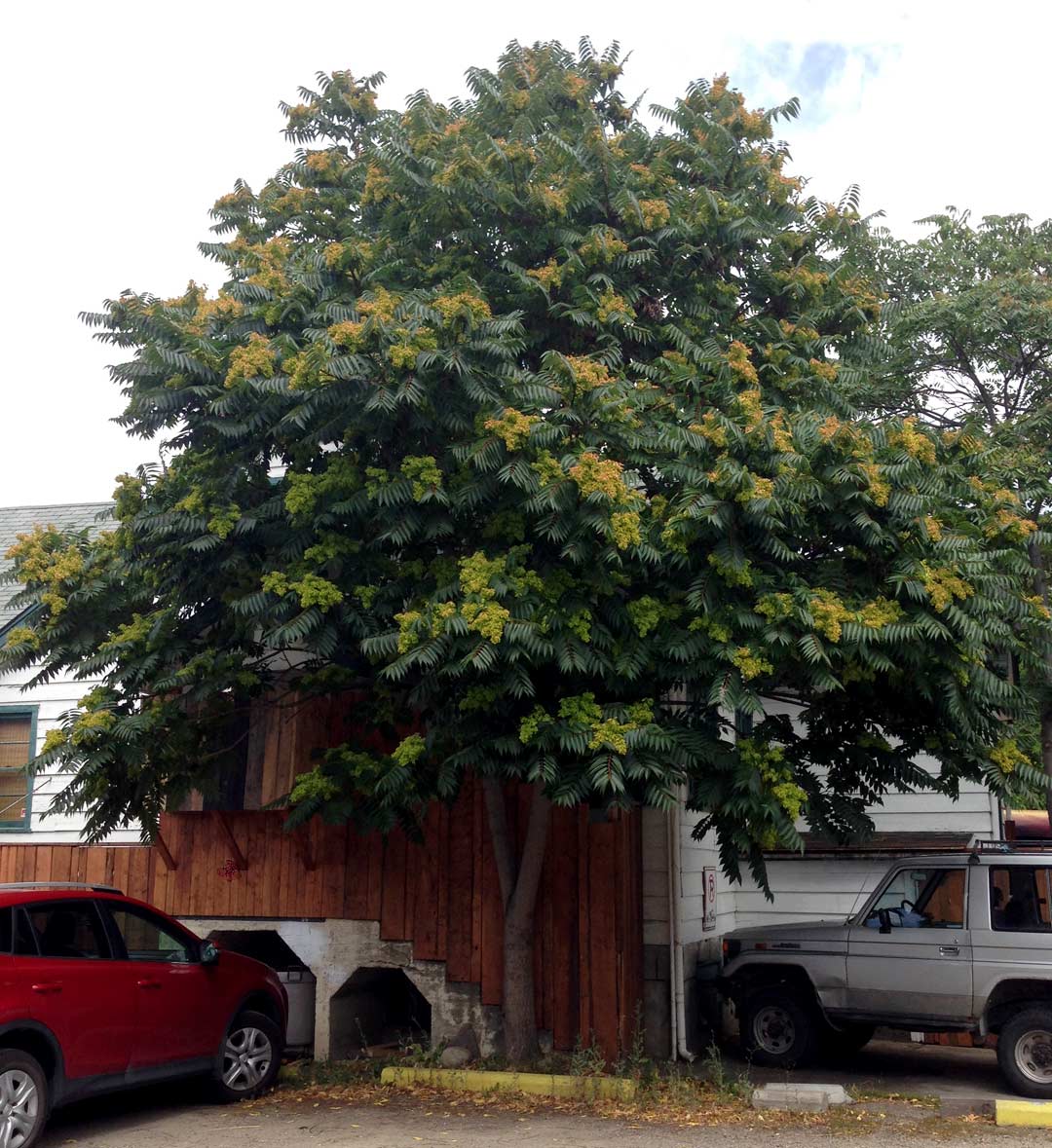
Fig. 4– Tree of Heaven can be quite attractive in the middle of summer
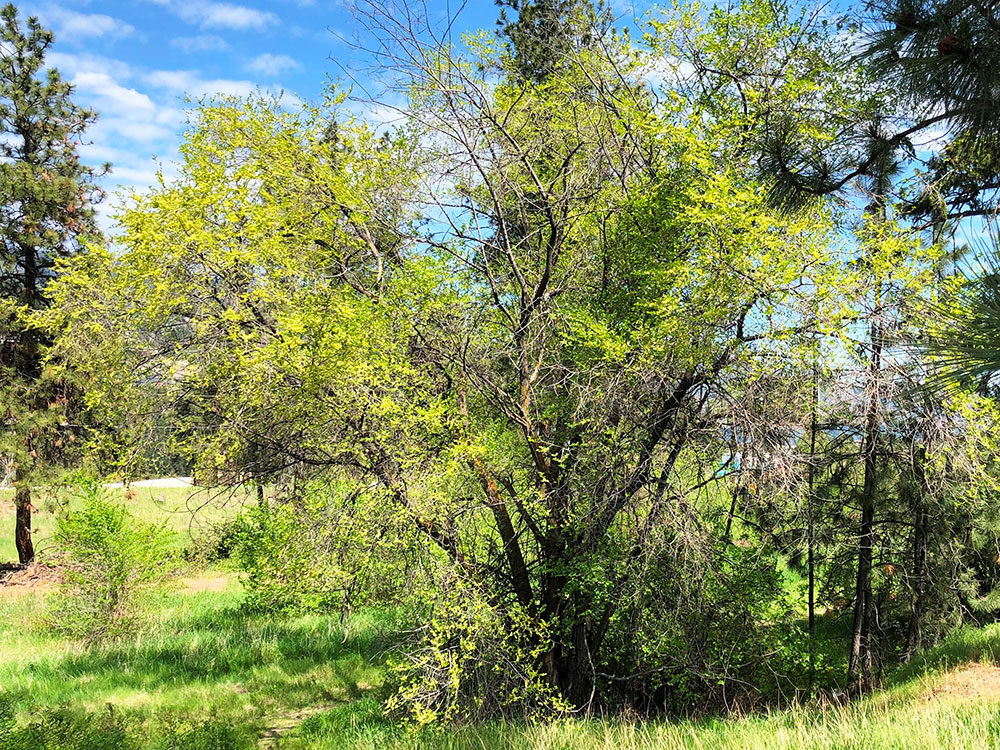
Fig. 5– A typical form for a Siberian Elm in an open lot
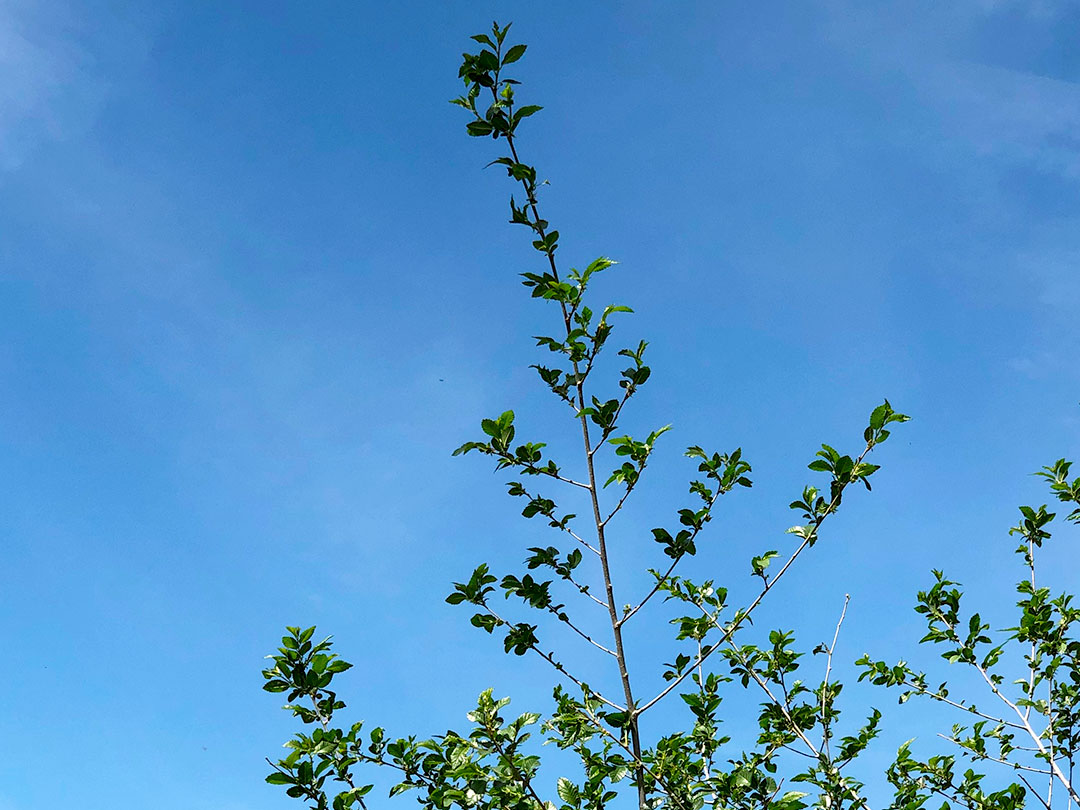
Fig. 6– The distinctive leaves and branch form of the younger Siberian Elms
It is a good idea to be on the lookout for invasive plants on neighbours property as well as your own. Your neighbours may be oblivious to their problem but it could soon become your problem.
Key Horticulturally Invasive Plants

